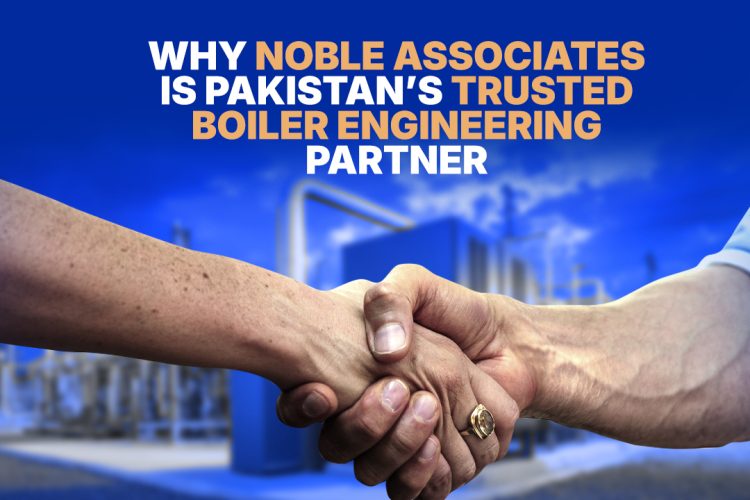
Industrial combustion is the industrialist’s workhorse, incinerating fuel to drive factories and power plants alike. It’s a process that wedges science, engineering, and technology together to transform fuel into heat and then put it to use for every type of industrial purpose. So what goes on in industrial combustion? What do fuel and burners mix together to make it all happen? In this manual, we shall assume the fundamentals of industrial combustion, describe the various types of burners and fuel utilized, and walk you through how the systems work.
What Is Industrial Combustion?
Industrial burning is, from an industrial point of view, regulated burning of fuel for the generation of heat or energy to be used in industry. Whether used to heat water in boilers, provide steam for turbines, or fire kilns in manufacturing, burning is a key operation in keeping industries operating. The effectiveness and efficacy of industrial burning rest on two simple elements: the burner and fuel.
Understanding Industrial Burners
An industrial burner is basically the machine where the magic occurs—it combines fuel and air and burns them to produce combustion. Burners exist in a wide variety of types and sizes, and each one is for use in certain applications and types of fuel. Some of the most popular industrial burners include:
Natural Gas Burners
Natural gas burners are some of the most utilized in industries because of their efficiency and minimal emissions. They best suit those industries that value cleaner combustion processes, which include chemical production and food processing.
Oil-Fired Burners
Oil burners employ liquid fuels such as diesel or heavy oil. They are utilized where natural gas is not available. Although they are very effective in delivering a high amount of heat, they need to be improved in terms of maintenance to deal with soot and other waste.
Dual-Fuel Burners
The title is self-explanatory: dual-fuel burners can both burn oil and gas. This capability makes them a great option for firms with standby fuel capability requirements or firms that will switch between fuels on a cost basis or availability basis.
Low-NOx Burners
Low-NOx burners are specially designed to reduce nitrogen oxide (NOx) emissions, making them very popular among industries that want to comply with strict environmental regulations. Low-NOx burners are specially designed to maximize the combustion process so that minimal dangerous pollutants are emitted.
Types of Industrial Fuels
Industrial fuel used for burning is an important consideration when it comes to system performance, energy utilization efficiency, and effect on the environment. Let us learn more about the primary industrial fuels:
Natural Gas
Popular for burn-clean characteristics, natural gas ranks as a leading option for companies that aim to lower greenhouse gas emissions. It’s very efficient and therefore also a stingy choice for prolonged use.
Fuel Oil
Fuel oil is available in different grades from light distillates such as kerosene to heavy residue oils. Although not as clean as gas, it’s still a good choice for industries that have no gas pipes available in areas that are not accessible.
Coal
While coal is a perennial fuel over the years, it is being phased out for environmental reasons. It is, however, still used in some industries, e.g., production of cement, where the use of substitute fuels is not possible.
Waste Fuels and Biomass
Renewable fuels such as biomass (wood chips, crop residue) and waste-based fuels are increasingly being employed in eco-friendly industries. They promote lower utilization of fossil fuels and less carbon footprints.
How Industrial Combustion Systems Operate
Industrial combustion systems are made to be as efficient as possible with the lowest emissions possible. Below is a simplified explanation of how they operate:
Fuel Delivery
The selected fuel—gas, oil, or other fuel—is piped or stored and supplied to the burner.
Air Mixing
For combustion, fuel needs to be mixed with oxygen. Burners have devices to control the air-fuel ratio to achieve maximum combustion.
Ignition
After mixing the air and fuel together, the burner ignites the flame to produce a controlled fire.
Heat Transfer
The combustion heat is then transferred to the application at hand, which could be heating water in a boiler or metal in a furnace.
Exhaust Management
Lastly, the products of combustion—mostly carbon dioxide and water vapor—are vented through an exhaust system. Sophisticated systems might have filters or scrubbers to minimize toxic emissions.
Selecting the Best Burners for Industrial Boilers
When selecting an industrial boiler burner, some considerations need to be addressed:
Fuel Type: Select a burner that can be used with your main fuel source.
Efficiency: Select burners of superior thermal efficiency in order to lower operational costs.
Environmental Specifications: Select burners that meet local environmental standards.
Maintenance Requirement: Select a burner that is simple to maintain and provides long-term dependability.
For instance, Noble Associates maintains a business of selling custom-designed solutions for industrial combustion systems. With experience in matching the correct burner with the correct fuel for certain applications, they guarantee maximum performance and compliance with industry standards.
Conclusion
Industrial combustion is a sophisticated but interesting phenomenon that forms the foundation of contemporary industry. From the combustible materials and fuels used to the complicated processes of combustion equipment, each factor matters to efficiency and sustainability. By knowing these facts, companies can make sound decisions to streamline their operations and lessen their impact on the environment.
Whether it’s to replace an existing system or investigate new technology, companies such as Noble Associates will walk you through it to provide the best possible solution for your industrial combustion applications.



